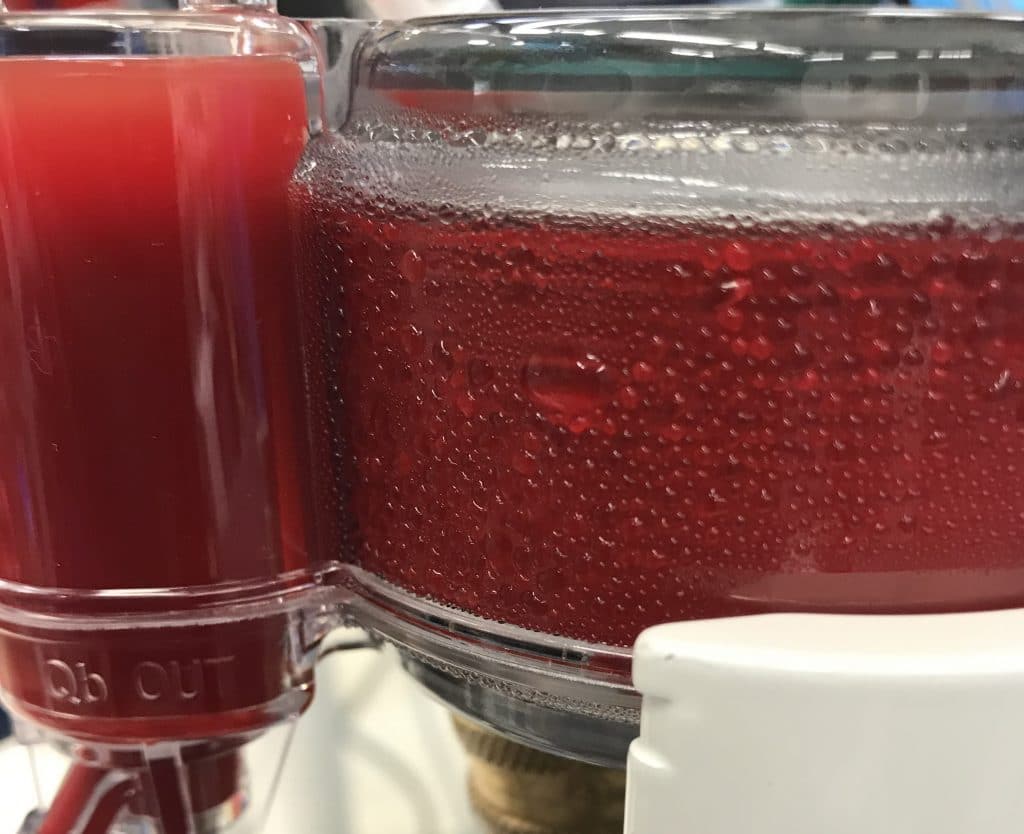Hypothermic Effects on Gas Exchange Performance of Membrane Oxygenator and Blood Coagulation During Cardiopulmonary Bypass in Pigs

Introduction
Whether hypothermic cardiopulmonary bypass could attenuate both blood coagulation and platelet activation compared to normothermic cardiopulmonary bypass remains elusive.
Methods
Biocompatibility of a polymer-coated cardiopulmonary bypass circuit was comparatively assessed by plasma proteomics between juvenile pigs undergoing hypothermic (23°C) cardiopulmonary bypass and those undergoing normothermic (37°C) cardiopulmonary bypass (n = 6, respectively). Plasma samples were taken three times: 5 minutes after initiation of cardiopulmonary bypass (T5, before cooling), just before declamping and rewarming (Tc), and just before termination of cardiopulmonary bypass (Trw, 120 minutes). Proteomic analysis was quantitively performed by isobaric tags for relative and absolute quantification labeling. Thrombin–antithrombin complexes (TAT III) were measured by enzyme immunoassay, and vitamin K–dependent protein C (PROC), β-thromboglobulin (TG), and P-selectin were measured by enzyme-linked immunosorbent assay. Blood gas analyses evaluated oxygenator performance.
Results
Hypothermic cardiopulmonary bypass had a significantly higher PaO2 at Tc and lower PaCO2 at Trw than normothermic cardiopulmonary bypass. Two hundred twenty-four proteins were identified with statistical criteria of both protein confidence (>95%) and false discovery rate (<5%). Six of these proteins significantly decreased at Tc than at T5 in hypothermic cardiopulmonary bypass (p = 0.02-0.04), with three related to platelet degranulation. Protein C decreased at Trw compared with T5 in normothermic cardiopulmonary bypass (p = 0.04). Thrombin–antithrombin complex had a slightly larger increase with normothermic cardiopulmonary bypass at Trw than with hypothermic cardiopulmonary bypass. β-thromboglobulin and P-selectin levels were significantly lower at Trw with hypothermic cardiopulmonary bypass than with normothermic cardiopulmonary bypass (p = 0.04).
Conclusion
Hypothermic cardiopulmonary bypass attenuated platelet degranulation/blood coagulation and maintained better oxygenator performance compared to normothermic cardiopulmonary bypass in juvenile pigs.
